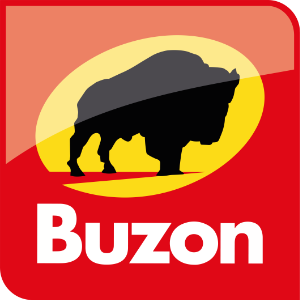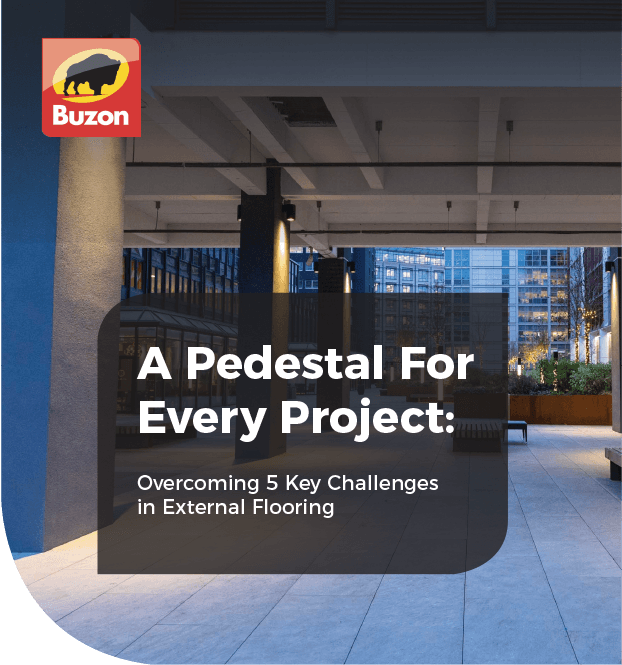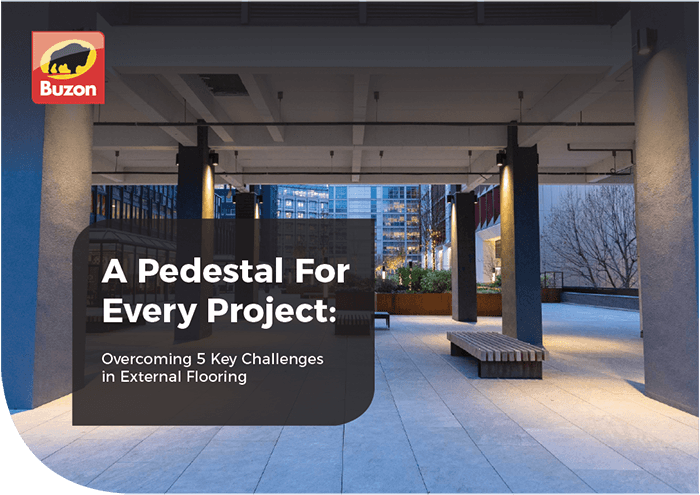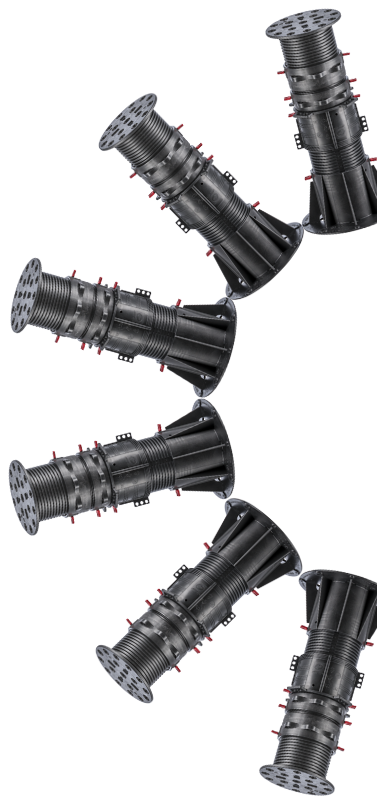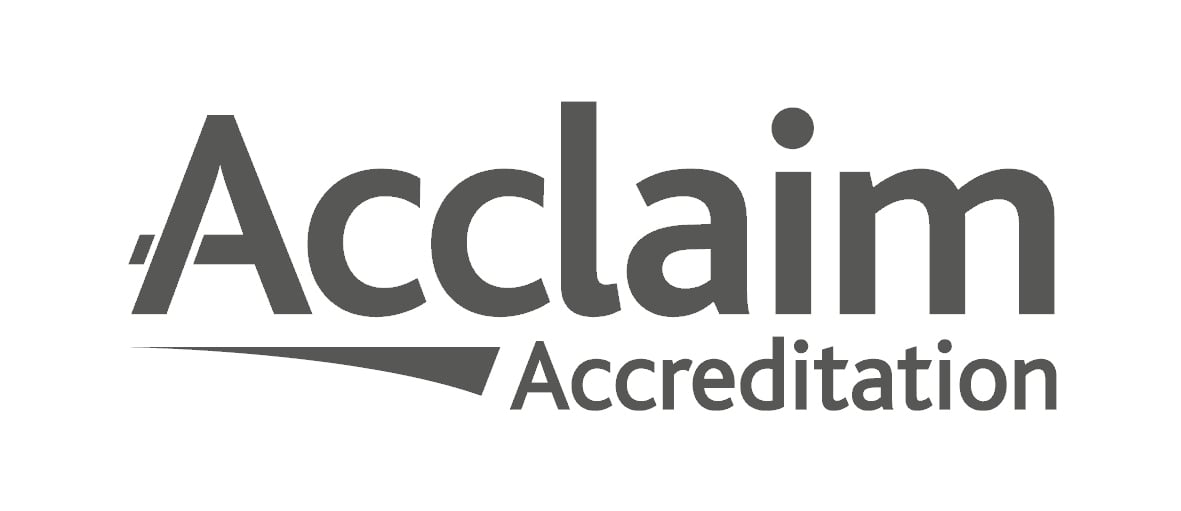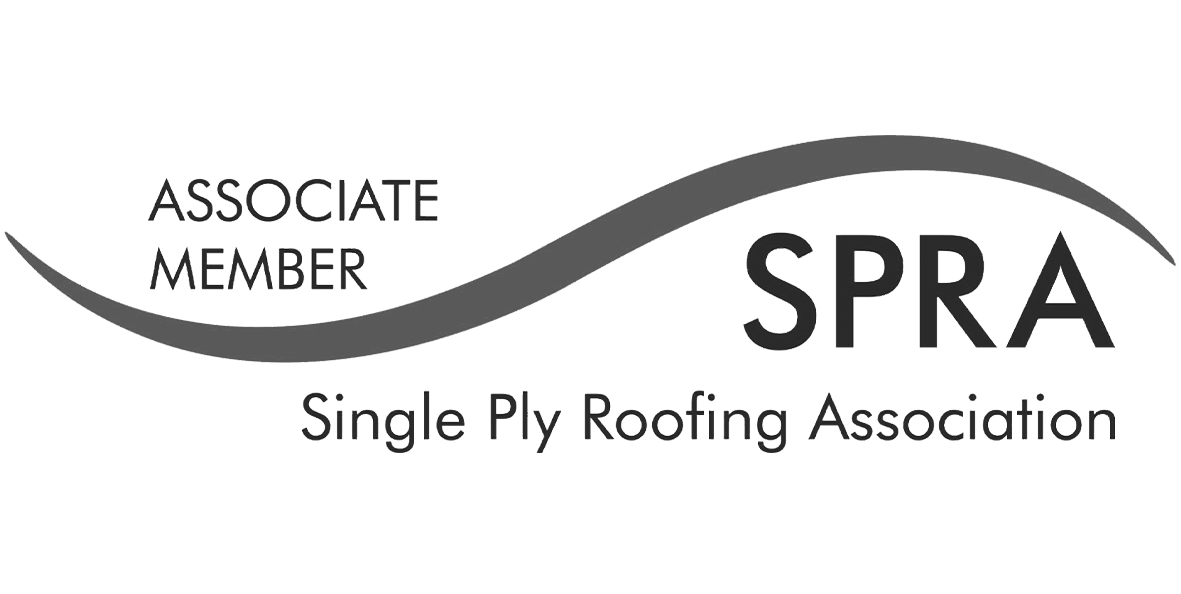How the built environment interacts with nature and adapts to the climate emergency is now a critical consideration in architectural urban design. With the rise of biodiversity net gain requirements, the urgent need for green spaces, and stronger policies around stormwater management and sustainable drainage systems (SuDS), green and blue roofs are no longer a niche solution. They're essential infrastructure for the climate-resilient city.
As a member of the Green Roof Organisation (GRO), Buzon supports best practice in the specification and delivery of high-performance green roofs. Their vision of more green spaces, whether it’s for biodiversity net gain or aesthetics, is something we encourage and enable.
So what role do green and blue roofs play, and how can the choice of supporting structures enhance their performance?
giving life to living infrastructure
Green roofs bring ecological value to the built environment. By layering vegetation over waterproofed roof decks, they introduce natural systems into dense urban contexts offering both environmental and visual benefits.
Green roofs are often visualised as simple sedum blankets, but modern green infrastructure is far more diverse. From wildflower-rich meadows and herbaceous planting to biodiverse roofs that replicate local habitats, the scope has expanded.
These systems demand support for soil, complex weight loadings, drainage layers, protection fabrics, and clearly defined zones for paving and circulation. It’s a sophisticated requirement that traditional approaches often struggle to meet.
Buzon pedestals provide a highly flexible solution supporting walkways, furniture zones or access routes across green roofs without compromising the integrity of the waterproofing or drainage below. Their adjustable height range and load-bearing capacity allow for smooth transitions between hardscape and soft landscaping.
This case study at Cannon Street demonstrates how Buzon pedestals enabled precision installation of terrace and planted green roof areas, balancing structural performance with clean architectural detailing.

urban heat island mitigation
Each summer is hotter than the last and densely built cityscapes only exacerbate the issue. The urban heat island effect is caused by surfaces that absorb and re-radiate heat which leads to elevated temperatures and higher cooling demands. Green and blue roofs help to reverse this effect. Vegetation can help cool the ambient air temperature, while water stored in blue roof systems provides thermal mass that regulates rooftop temperatures.
On its own, a single roof may have limited effect. But when implemented at scale across multiple rooftops in an urban zone, the impact can be substantial.
Buzon pedestals help enable this cooling strategy. By raising surfaces above the roof deck, they preserve ventilation and allow heat to dissipate beneath the finish layer. Their modular system also accommodates reflective pavers, shading elements, and material combinations that reduce heat absorption at source.
At King William Street, Buzon pedestals helped support multifunctional terraces incorporating green roof elements designed to combat heat gain. By enabling airflow beneath pavers and facilitating passive cooling through elevation and drainage integration, these rooftops contribute meaningfully to the local microclimate. Similarly, at the Battersea Power Station development, Buzon supported layered rooftop environments that combine planting, access zones and technical equipment, delivering performance that complemented the design vision.
improved air quality
Cooling and air purification often go hand in hand. Green roofs contribute to urban greening scores and improve air quality by filtering pollutants, capturing carbon dioxide, and releasing oxygen. Their surfaces trap fine particulate matter which makes them a natural ally in cities battling poor air conditions.
To deliver these benefits long-term, vegetation must be maintained and managed. Buzon pedestals support access decking and maintenance routes, enabling safe inspection and upkeep without damaging sensitive planting zones.
stormwater management
Intense, short-duration rainfall events are becoming more common. Blue roofs are specifically designed to reduce water runoff by temporarily holding rainwater and releasing it slowly to reduce the burden on drainage infrastructure. Blue roof systems are available for all types of roof build up and finishes including green roof infrastructure.
Pedestal systems can be instrumental in simple blue roof systems that work with hard landscaping as well as more complex systems. Buzon pedestals allow water to flow freely beneath a raised surface, supporting finishes like paving or decking while accommodating rainwater detention zones below. The structure maintains safe, dry access for inspection and helps integrate slope and drainage detailing into the build-up.
This approach was demonstrated at 80 Charlotte Street, where Buzon pedestals supported access decking across blue roof areas, balancing performance with pedestrian usability.
supporting a regenerative future
Green and blue roofs do more than contribute to sustainable design. They help reshape the role of the building in its environment. They manage rainfall, cool cities, enhance biodiversity, improve air quality, and reduce the carbon impact of buildings. But none of this is possible without the correct substructure.
Buzon UK’s precision-engineered pedestal systems provide the structural backbone for these complex roof types by offering stability, adjustability and resilience. Whether you’re delivering a high-performance green roof for biodiversity net gain, or a multifunctional blue roof for flood mitigation, Buzon offers the technical assurance to bring ambitious designs to life.
Why not speak to one of our experts? Give us a call on +44 020 8614 0874 or get in touch today!
